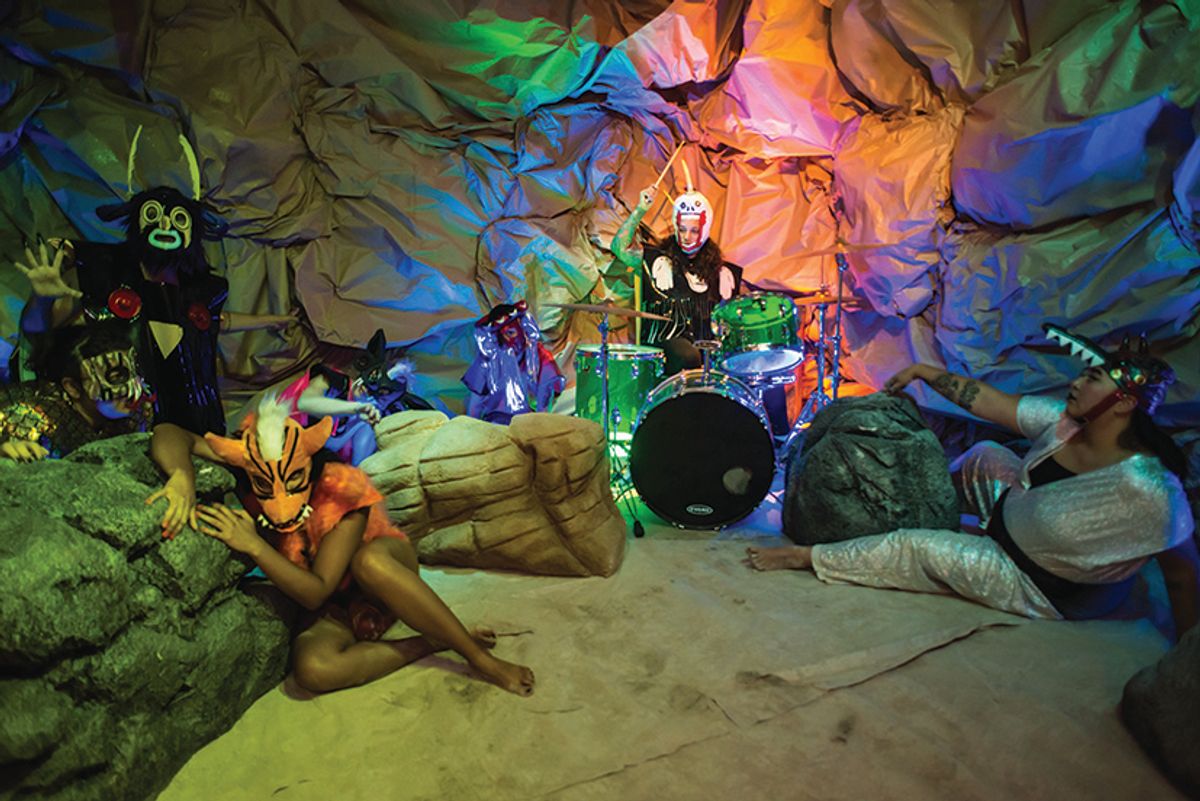Art institutions have done much in recent years to raise the profiles of Latin American artists and curators. For some, like the Museum of Fine Arts in Houston, which brought on Mari Carmen Ramírez in 2001 as the first director of its International Center for the Arts of the Americas, the need for representation of the Caribbean and South and Central America had long been clear. For others it is a response to calls for equity and anti-racist practices that, especially since 2020, every institution has had to address. This year The Armory Show takes up the mantle with three curators steeped in Latinx and Latin American art organising the fair’s Focus and Platform sections, and its Curatorial Leadership Summit.
Ramírez is considered a trailblazer in the field and chairs this year’s curatorial summit. “Curators are very deadline-driven people,” she says, “we have very little time to digest the issues that surround us. The summit is a wonderful opportunity to engage in a dialogue about Latin American and Latinx art away from the public, from directors and institutions.”
According to Google Trends, the word “Latinx” first appeared in the early 2000s, then around 2015 became linked to the LGBTQ community as a rejoinder to the Spanish language’s tendency to assign everything a gender. Some members of the community and diaspora adopted the term immediately, but others saw it as a continuation of neo-colonial approaches to language and identity dating back at least to the addition of “Hispanic” to the US Census in 1980, which was supplemented in 2000 by “Latino”.
Changing context and climate
But words evolve, as do their meanings, and Ramírez arrived at a definition of Latinx art—art made by those of Latin American heritage but who were born, live and/or work in the US—that curators find helpful. “It’s a completely emergent field that has very little structure,” she says. “Institutions are not promoting it. Collectors are not buying it yet.”
Carla Acevedo-Yates, a curator at the Museum of Contemporary Art in Chicago, has organised Focus, the Armory Show’s section for solo and dual-artist stands. The featured artists examine issues around climate change, and colonialism and how these issues interact with race and gender. Her inspiration comes in part from the devastating effects of Hurricane Maria on her native Puerto Rico in 2017 and the US government’s lacklustre response.
“Seeing the devastation on the island struck a chord in terms of thinking about weather, the environment and climate change,” Acevedo-Yates says. “Hurricane Maria made much more visible the interconnection between colonialism, patriarchy, environmental issues and feminism. Everything came together during that time.”
Acevedo-Yates’s Focus section is not limited to artists who identify as Latin American or Latinx—nor is the Platform section for large-scale works, organised by Tate’s curator of Latin American art, Tobias Ostrander—and this inclusivity echoes the term’s mutability. “I’m less interested in defining the term Latinx than I am in the questions that it raises,” Acevedo-Yates says.
The inclusivity borne of shared experiences is central to the diaspora, which makes up nearly one-third of New York City’s population. “There’s more of an openness to collaborations within Latin American culture,” says Christopher Rivera of the Puerto Rican gallery Embajada, which will feature works by Claudia Peña Salinas in the Focus section, in partnership with Mexican gallery Curro. “It’s part of who we are, and in some cases, collaborating is the only way we can get seen.”


